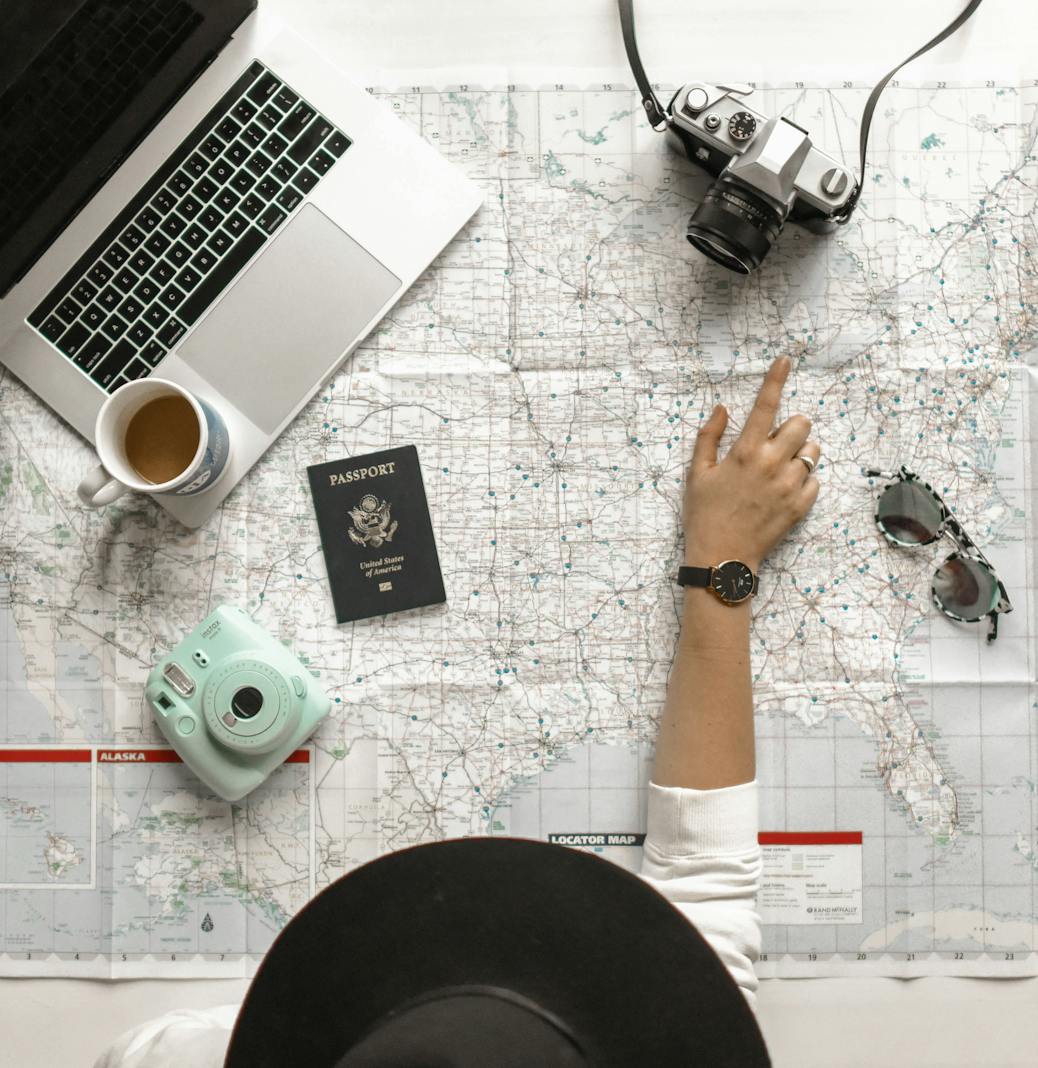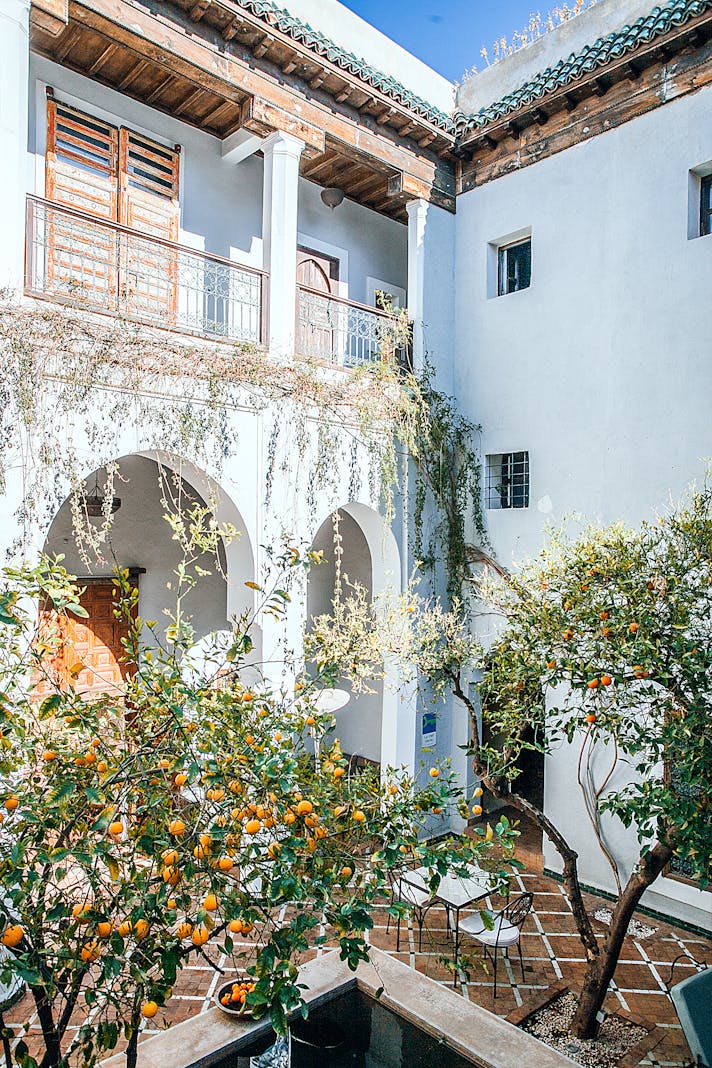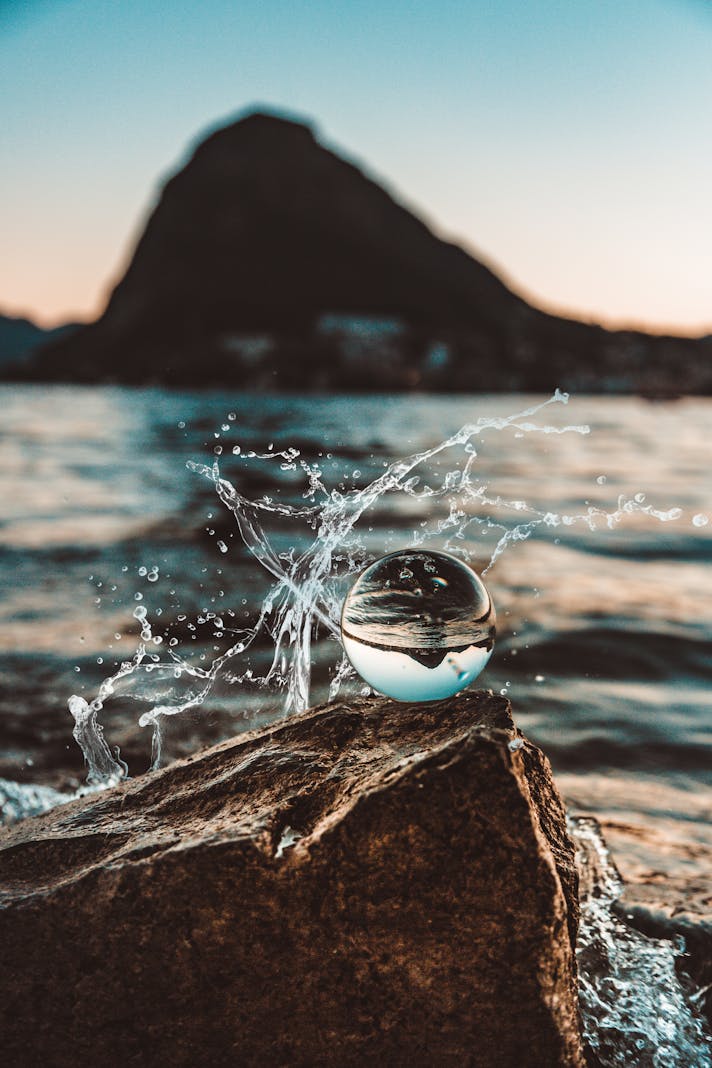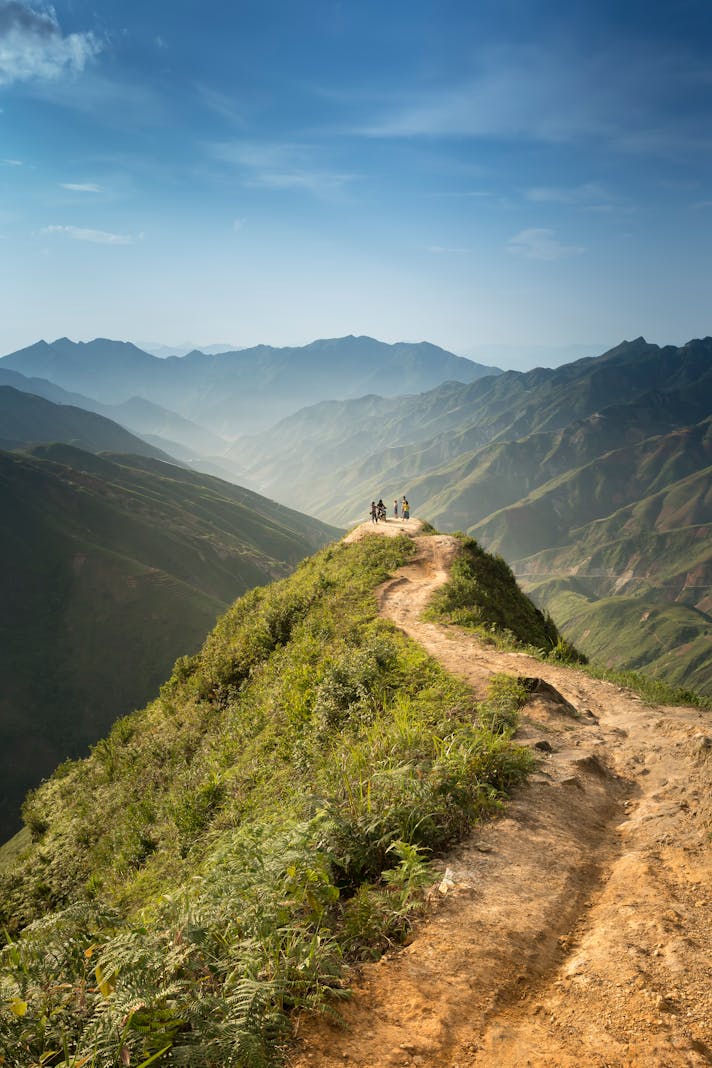Bodie State Historic Park

“Goodbye, God – I’m going to Bodie.”
This statement is an oft-quoted comment reportedly made by a child upon hearing in 1879 that her family was moving to the then-bustling silver mining town east of what is now Yosemite National Park. Hidden in a valley just east of Highway 395 above Mammoth Lakes, the area is now a ghost town populated by park rangers who delight in sharing their knowledge of the area. A drive to Bodie will take a good six hours from either San Francisco or Los Angeles, and three from Reno, the closest city. Those with an interest in history or a passion for photography will be glad they made the drive, however, as the park is simply one of the most beautiful historical sites in California.
Bodie’s gold seam was discovered in 1859. Hard rock mining was conducted in the area from that time until 1913, when the Standard Mine closed down for good. The town’s heyday was from roughly 1870 until 1890, and the town grew to around 7,000 people at one point, making it one of California’s largest cities. The isolation, the terrible winters, and the hardships connected with both made it a difficult place to live; when mining ceased to be profitable, the area began a long, slow decline; although the municipality was coined a ‘ghost town’ in 1915, some residents stayed on. In 1940, the area had around 90 inhabitants.
In 1961, Bodie was designated a National Historic Landmark; it became a state park the following year. Rather than refurbish the area, the decision was made to keep Bodie in a state of ‘arrested decay’ – in other words, the buildings are kept upright, but the site is maintained as a ghost town rather than as a re-enacted living history center. The decrepit structures, along with the clear mountain light and high desert dryness, give the park an eerie beauty that shines in photographs, drawings, and other artistic representations – anyone who dabbles in any of the visual arts will find eye candy at every twist and turn. The mine’s skeleton, in addition to buildings that once housed stores, churches, homes, and whorehouses, is there to be explored and recorded. Those interested in night photography will need to sign up for one of many workshops given by local photographers, as the park itself is open to general visitors from 9 to 6 during the summer and 9 to 4 during the winter.
Beyond the unnerving beauty of the town, the stories of the residents are numerous and fascinating. The town has two cemeteries, one for respectable people and another for those not allowed in polite company. Both can be explored, and visitors can spend hours simply putting together the history of the inhabitants from what little is recorded on the gravestones. Those wishing to know more should make sure to talk with park rangers, who can answer questions with details and narratives worth the listen.
One of the most marvelous parts of visiting Bodie is discovering that this area, like many other historical sites in the state, was multi-cultural long before diversity became ‘a thing.’ The history of Bodie’s Hispanic, Jewish, African-American, and Asian inhabitants is there to be discovered, and again, the knowledgeable park rangers’ stories can completely change the way one thinks about the state’s history.
Visitors will find that a visit to the park will combine well with visits to other area attractions, such as Mono Lake. There are no places to stay within Bodie itself, so tourists will want to investigate nearby resort areas such as Mammoth and June Lakes; those linking the trip to other places along Highway 395 can also find motels in the towns of Lee Vining and Bridgeport. Getting to Bodie will require a 13 miles drive along a dirt road after one leaves the highway, so a car that can handle this and possible extreme winter weather conditions is essential. Bring water, as it’s easy to get dehydrated in the desert/alpine climate.
This statement is an oft-quoted comment reportedly made by a child upon hearing in 1879 that her family was moving to the then-bustling silver mining town east of what is now Yosemite National Park. Hidden in a valley just east of Highway 395 above Mammoth Lakes, the area is now a ghost town populated by park rangers who delight in sharing their knowledge of the area. A drive to Bodie will take a good six hours from either San Francisco or Los Angeles, and three from Reno, the closest city. Those with an interest in history or a passion for photography will be glad they made the drive, however, as the park is simply one of the most beautiful historical sites in California.
Bodie’s gold seam was discovered in 1859. Hard rock mining was conducted in the area from that time until 1913, when the Standard Mine closed down for good. The town’s heyday was from roughly 1870 until 1890, and the town grew to around 7,000 people at one point, making it one of California’s largest cities. The isolation, the terrible winters, and the hardships connected with both made it a difficult place to live; when mining ceased to be profitable, the area began a long, slow decline; although the municipality was coined a ‘ghost town’ in 1915, some residents stayed on. In 1940, the area had around 90 inhabitants.
In 1961, Bodie was designated a National Historic Landmark; it became a state park the following year. Rather than refurbish the area, the decision was made to keep Bodie in a state of ‘arrested decay’ – in other words, the buildings are kept upright, but the site is maintained as a ghost town rather than as a re-enacted living history center. The decrepit structures, along with the clear mountain light and high desert dryness, give the park an eerie beauty that shines in photographs, drawings, and other artistic representations – anyone who dabbles in any of the visual arts will find eye candy at every twist and turn. The mine’s skeleton, in addition to buildings that once housed stores, churches, homes, and whorehouses, is there to be explored and recorded. Those interested in night photography will need to sign up for one of many workshops given by local photographers, as the park itself is open to general visitors from 9 to 6 during the summer and 9 to 4 during the winter.
Beyond the unnerving beauty of the town, the stories of the residents are numerous and fascinating. The town has two cemeteries, one for respectable people and another for those not allowed in polite company. Both can be explored, and visitors can spend hours simply putting together the history of the inhabitants from what little is recorded on the gravestones. Those wishing to know more should make sure to talk with park rangers, who can answer questions with details and narratives worth the listen.
One of the most marvelous parts of visiting Bodie is discovering that this area, like many other historical sites in the state, was multi-cultural long before diversity became ‘a thing.’ The history of Bodie’s Hispanic, Jewish, African-American, and Asian inhabitants is there to be discovered, and again, the knowledgeable park rangers’ stories can completely change the way one thinks about the state’s history.
Visitors will find that a visit to the park will combine well with visits to other area attractions, such as Mono Lake. There are no places to stay within Bodie itself, so tourists will want to investigate nearby resort areas such as Mammoth and June Lakes; those linking the trip to other places along Highway 395 can also find motels in the towns of Lee Vining and Bridgeport. Getting to Bodie will require a 13 miles drive along a dirt road after one leaves the highway, so a car that can handle this and possible extreme winter weather conditions is essential. Bring water, as it’s easy to get dehydrated in the desert/alpine climate.

Related Articles
Editor's Picks Articles
Top Ten Articles
Previous Features
Site Map
Content copyright © 2023 by Korie Beth Brown, Ph.D. . All rights reserved.
This content was written by Korie Beth Brown, Ph.D. . If you wish to use this content in any manner, you need written permission. Contact Korie Beth Brown, Ph.D. for details.







